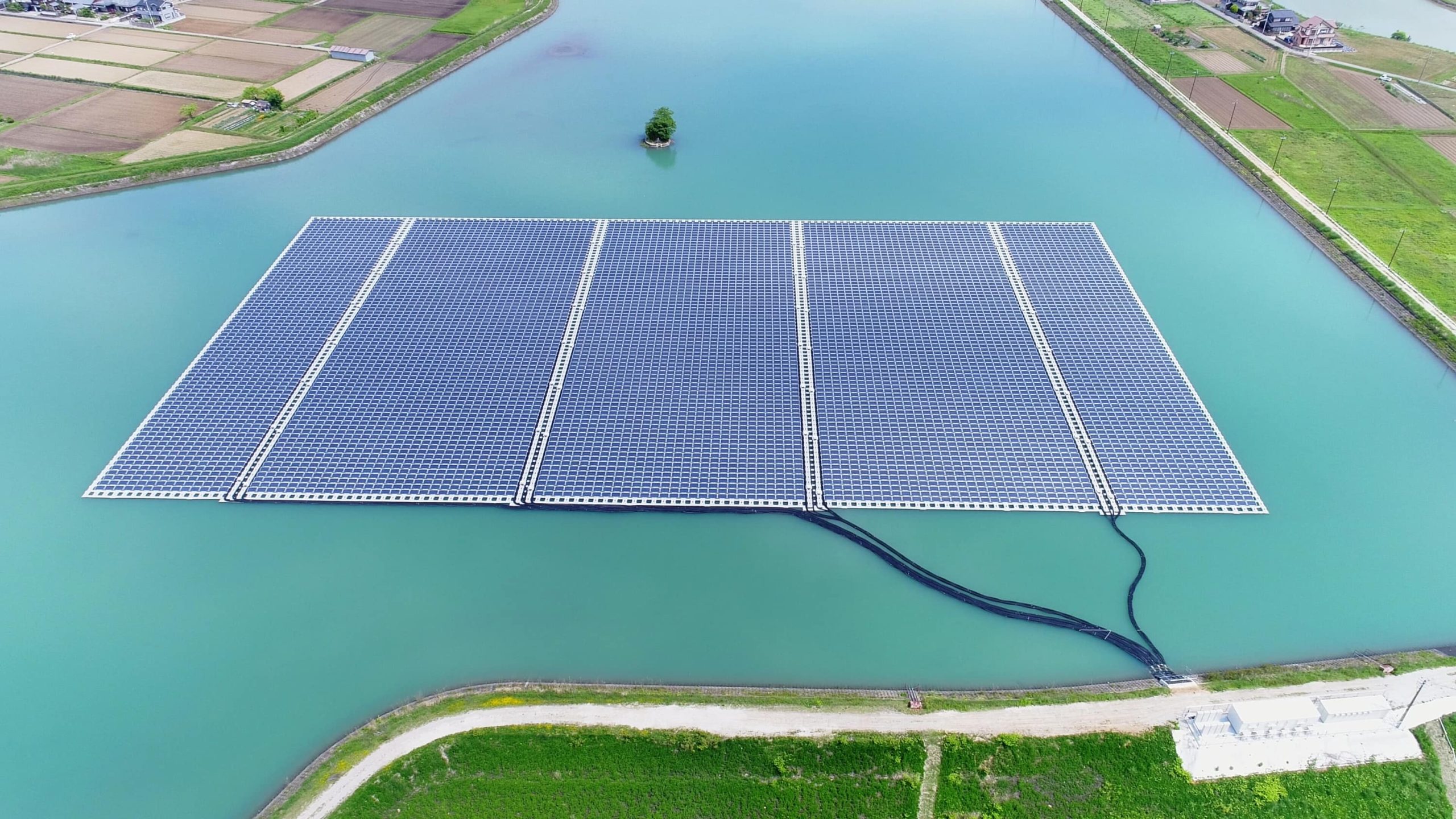Permitting processes have been completed for a capacity equal to approximately four times the current installed capacity of hybrid solar power plants. As of the end of 2023, there was 1.9 GW of approved hybrid solar capacity yet to be installed. In other words, there is a project stock equivalent to 16% of all installed solar capacity in Türkiye. Of this capacity, 62% was allocated to wind power plants and 13% to hydroelectric power plants.
60% of the hybrid solar capacity in the pipeline is concentrated in ten provinces that stand out in terms of their wind generation and solar potential. Among the top five provinces, Çanakkale (178 MW), Manisa (138 MW) and Balıkesir (122 MW) lead both in terms of project stock and in wind power generation. Konya, which has the largest project stock at 212 MW, and Kahramanmaraş, which ranked eighth with 82 MW, are among the cities with high solar potential.
 energy
energy
 energy
energy